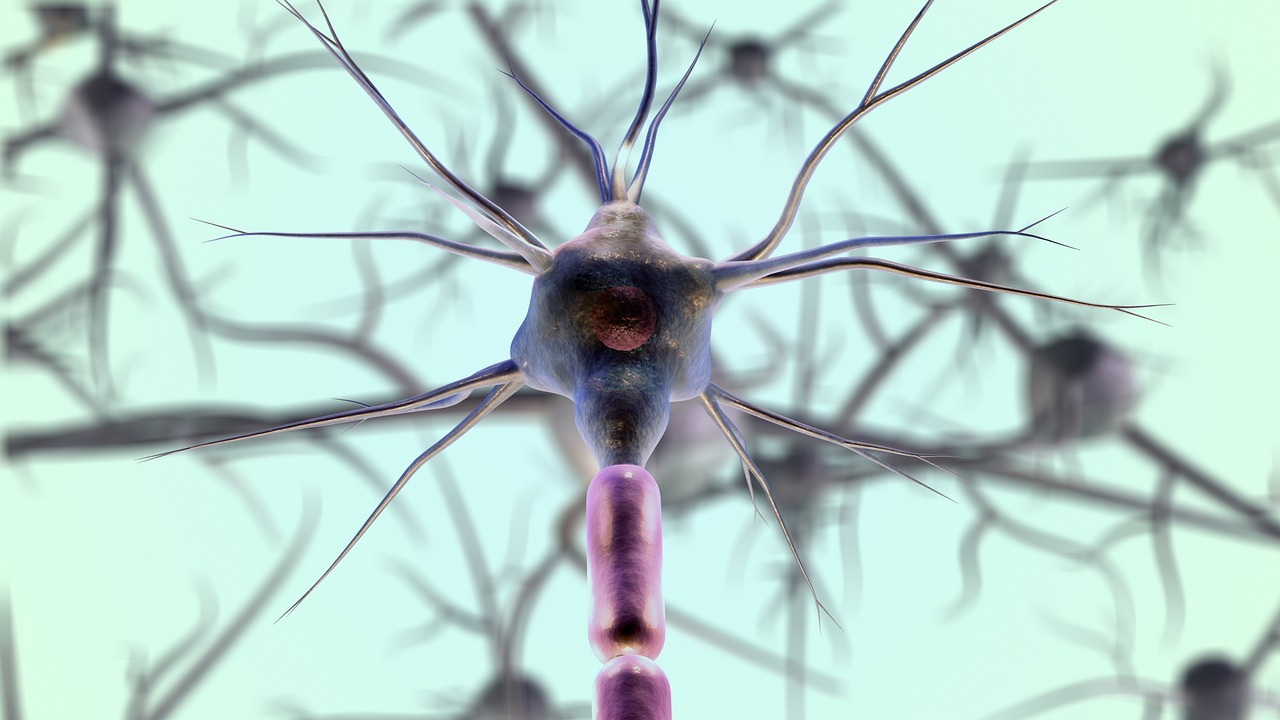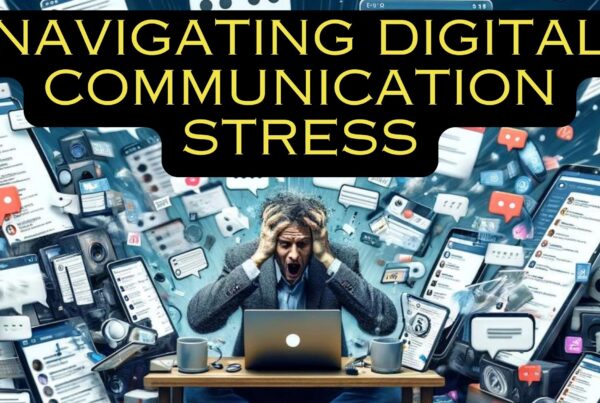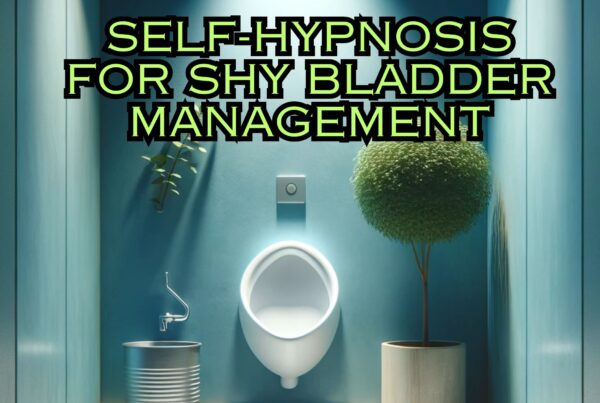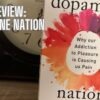Understanding Polyvagal Theory: How it Relates to Anxiety Relief
The Polyvagal Theory: Unveiling the Connection to Anxiety
Imagine you’re walking through a dense forest, feeling a sense of peace and serenity. Suddenly, you hear a rustling sound in the bushes nearby. Your heart starts pounding, and your body tenses up. You instinctively prepare for a possible threat. This automatic response is governed by the polyvagal theory, which sheds light on the intricate relationship between our nervous system and anxiety.
Unraveling the Polyvagal Theory
Developed by renowned neuroscientist Dr. Stephen Porges, the polyvagal theory explores the interplay between our autonomic nervous system and our physiological responses to stress and safety. This theory emphasizes the critical role of the vagus nerve—a key component of the parasympathetic nervous system.
Our autonomic nervous system has two branches: the sympathetic and parasympathetic nervous systems. The sympathetic system triggers the well-known “fight or flight” response, preparing us for action in the face of danger. On the other hand, the parasympathetic system promotes relaxation and restoration, allowing our bodies to recover and recharge.
The Triune Nature of the Vagus Nerve
The vagus nerve, often referred to as the “wandering nerve,” is the longest cranial nerve in our body. It connects various organs, such as the heart, lungs, and digestive system, to the brain. The polyvagal theory suggests that the vagus nerve has three distinct branches, each playing a unique role in our physiological responses:
- Dorsal Vagal Complex (DVC): The oldest part of the vagus nerve, the DVC is responsible for triggering immobilization responses when we perceive imminent danger. It induces a state of shutdown, causing symptoms like freeze, dissociation, and a sense of being disconnected from reality.
- Sympathetic Activation: This branch of the vagus nerve activates the well-known fight or flight response. It prepares our bodies to either confront the threat head-on or escape from it. Symptoms of sympathetic activation include increased heart rate, shallow breathing, and heightened alertness.
- Ventral Vagal Complex (VVC): The VVC is the newest part of the vagus nerve and is responsible for promoting a sense of safety and social engagement. When activated, it enables feelings of calmness, connection, and overall well-being.
Polyvagal Theory and Anxiety Relief
Now that we have a basic understanding of the polyvagal theory, let’s explore how it relates to anxiety relief. Anxiety disorders are characterized by excessive worry, fear, and a heightened sense of threat perception. Understanding the role of the vagus nerve in anxiety can empower us to find effective strategies for managing these overwhelming emotions.
When we experience anxiety, our autonomic nervous system tends to shift into a state of sympathetic activation, triggering the fight or flight response. This response prepares us to deal with perceived danger, but in the case of anxiety disorders, it often becomes dysregulated, leading to persistent feelings of unease.
Polyvagal theory highlights the importance of activating the ventral vagal complex—the restorative branch of the vagus nerve—to counteract the excessive sympathetic activation associated with anxiety. By engaging the VVC, we can promote a sense of safety and connection, helping to regulate our emotional responses and reduce anxiety.
Harnessing the Power of Polyvagal Theory
So, how can we harness the power of polyvagal theory to find relief from anxiety? Here are a few strategies that can help:
- Mindful Breathing: Deep, diaphragmatic breathing activates the VVC, promoting a sense of calm and relaxation. Practice mindful breathing exercises whenever you feel anxious, focusing on long, slow breaths to engage the restorative branch of your vagus nerve.
- Social Connection: Human beings are social creatures by nature. Engaging in meaningful connections with loved ones, friends, or support groups can activate the VVC, reducing anxiety. Share your experiences, seek emotional support, and build relationships that foster a sense of safety and belonging.
- Self-Compassion: Be kind to yourself. Treat yourself with the same empathy and understanding you would offer to a dear friend. Practice self-compassion by acknowledging your anxiety and offering yourself words of comfort and reassurance.
- Mindfulness and Meditation: Incorporate mindfulness practices into your daily routine. Mindfulness meditation can help regulate your autonomic nervous system, allowing you to become more aware of your thoughts and feelings without judgment or attachment.
- Hypnotherapy: Consider seeking the assistance of a qualified clinical hypnotherapist, such as Release Hypnosis, who can guide you through relaxation techniques and utilize hypnosis to access your subconscious mind. This approach can help reframe anxious thoughts and promote a sense of safety and calmness.
Remember, the journey toward anxiety relief is unique for each individual. By understanding and applying the principles of polyvagal theory, you can tap into the innate wisdom of your nervous system and find strategies that work best for you.
Release Hypnosis Melbourne Hypnotherapy
Since 2016, Lawrence Akers has been working under the name Release Hypnosis offering Hypnotherapy and ACT based work to the people of Melbourne or an online service. Based on St Kilda Rd, Release Hypnosis is an easy and convenient location to get to and accessible by the ANZAC station train and tram stop. Release Hypnosis can help with a wide range of presenting issues, and I offer a free 30 minute no obligation discovery call for those who are unsure if hypnotherapy is the right way forward for them.
Book Your FREE 30 Minute Consultation With Release Hypnosis NOW!
You may also like to read:
10 Daily Habits for Managing Anxiety and Stress
How to Relieve Anxiety at Bedtime: Tips for a Restful Night’s Sleep
The Power of Progressive Muscle Relaxation
Mastering Mindful Communication: Enhancing Relationships and Connections








